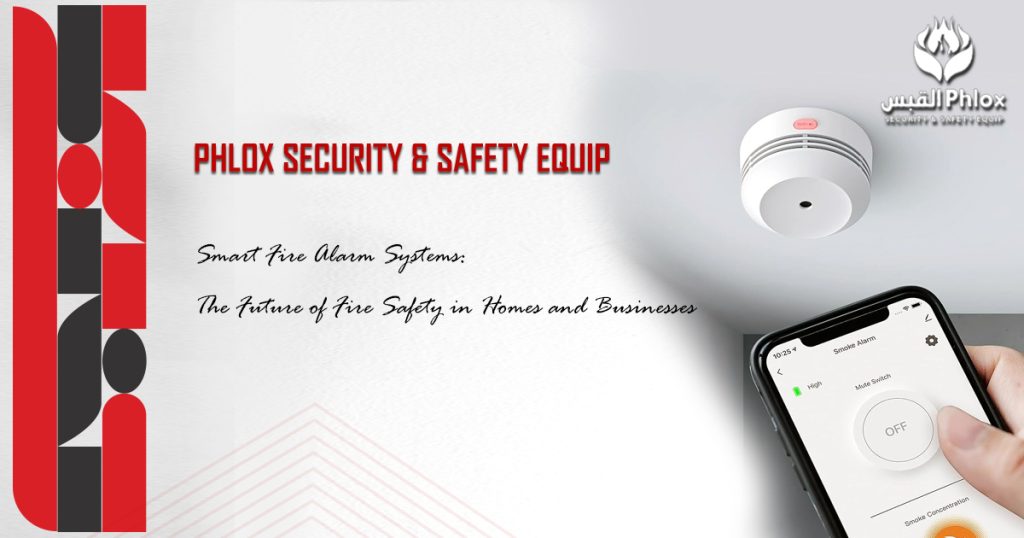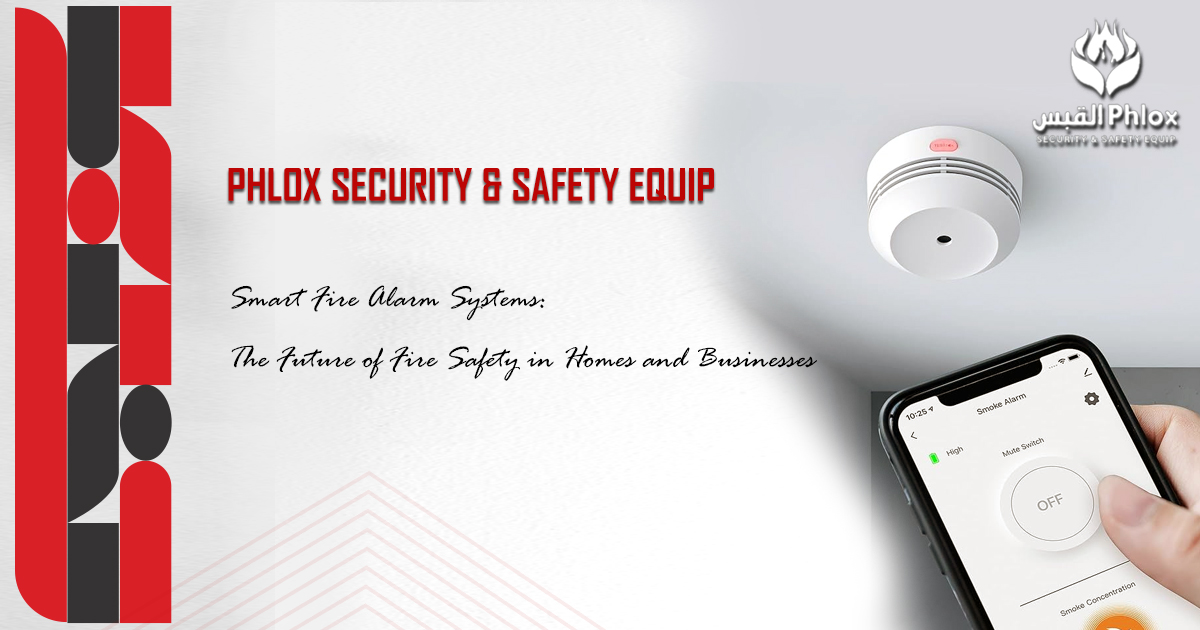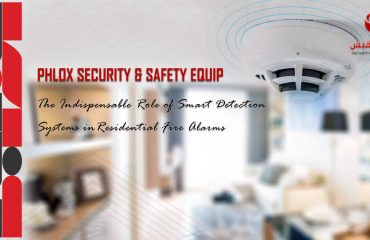
Smart Fire Alarm Systems: The Future of Fire Safety in Homes and Businesses
In an era marked by rapid technological advancements, our approach to safety is evolving. Smart Fire Alarm Systems are emerging as the vanguard of this evolution, redefining the landscape of fire safety in both homes and businesses.
Integration with IoT Technology:
One of the defining features of smart fire alarm systems is their integration with the Internet of Things (IoT). These systems connect seamlessly with other smart devices, creating an interconnected network that enhances overall safety. From automatic shut-off of gas lines to informing emergency services, the IoT integration in smart fire alarms ensures a swift and coordinated response in the face of danger.
Real-Time Alerts and Remote Monitoring:
Traditional fire alarms rely on audible signals within the premises. Smart fire alarms, however, take safety a step further by providing real-time alerts directly to your smartphone or other connected devices. This not only ensures that you are promptly informed of a potential threat, but it also allows for remote monitoring. Whether you’re at home, in the office, or miles away, you can keep an eye on your property’s safety status.
Customization and User-Friendly Interfaces:
Smart fire alarm systems offer a level of customization that was previously unimaginable. Users can tailor settings, such as sensitivity levels and alarm tones, to suit their specific needs. The user-friendly interfaces make it easy for individuals to understand and manage their fire safety systems, promoting a proactive and engaged approach to safety.
Data Analytics for Predictive Maintenance:
These systems leverage data analytics to predict when maintenance is required. Rather than relying on scheduled check-ups, smart fire alarms can assess their own functionality, ensuring that they are always in optimal working condition. This predictive maintenance not only enhances the reliability of the system but also reduces the likelihood of false alarms.
Environmental Sensors for Comprehensive Safety:
Smart fire alarms often include environmental sensors capable of detecting more than just smoke. They can identify changes in temperature and air quality, providing a comprehensive approach to safety. This expanded functionality allows for early detection of potential hazards beyond traditional fire risks.
In conclusion, smart fire alarm systems represent a paradigm shift in how we approach fire safety. With their integration with IoT, real-time alerts, customization options, predictive maintenance, and environmental sensors, they stand as the future of safeguarding homes and businesses. Embracing these technologies today ensures a safer and more connected tomorrow, where the forefront of fire safety is not just about reacting to emergencies but proactively preventing them.




